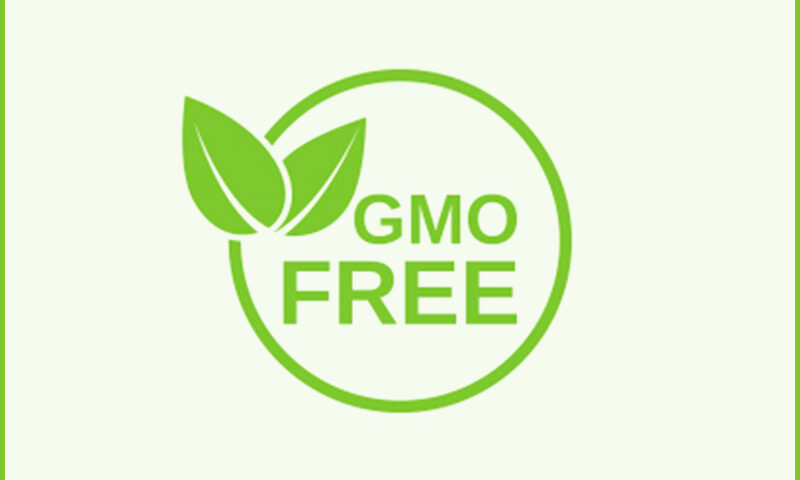
Consumer Awareness and Industry Response
In recent years, the debate surrounding genetically modified organisms (GMOs) has intensified significantly, moving from scientific journals to mainstream public discourse. This heightened scrutiny has fundamentally transformed how consumers view their food choices and how manufacturers approach product development and labeling.
Consumer Awareness and Market Evolution
The rising public consciousness about GMOs stems from various factors, including increased media coverage, environmental concerns, and growing interest in food transparency. Modern consumers are more educated about their food choices than ever before, carefully examining ingredient lists and seeking detailed information about food production methods. This shift in consumer behavior has created a marked preference for products that offer clear, comprehensive labeling about their GMO status.
Global Regulatory Landscape
The movement toward mandatory GMO labeling has gained significant momentum worldwide. Several countries have implemented strict labeling requirements, recognizing consumers’ right to make informed decisions about their food consumption. The European Union, for instance, has maintained comprehensive GMO labeling laws since 2004, while other regions continue to develop and refine their regulations. These legislative changes reflect a broader global trend toward greater food transparency and consumer empowerment.
Market Response and Industry Adaptation
Food manufacturers have responded to these changing market dynamics by adapting their ingredient sourcing and production processes. Many companies are now actively seeking non-GMO alternatives to traditional ingredients, particularly in categories like sweeteners and nutritional additives. This transition isn’t merely about compliance with regulations; it represents a strategic response to evolving consumer preferences and market demands.
The Role of Non-GMO Sweeteners
In the sweetener industry, the availability of non-GMO options has become increasingly important. Companies like Galam have positioned themselves at the forefront of this trend by offering a comprehensive range of non-GMO sweeteners and nutritional ingredients. These alternatives allow food and beverage manufacturers to maintain product quality while meeting the growing demand for non-GMO options.
Quality and Trust in Non-GMO Solutions
The development of high-quality, non-GMO ingredients requires rigorous sourcing protocols and quality control measures. Manufacturers must ensure that their non-GMO ingredients not only meet regulatory requirements but also deliver the same functional properties and taste profiles that producers and consumers expect. This balance between technical performance and non-GMO status has become a crucial factor in ingredient selection.
Future Outlook
As consumer awareness continues to grow and regulatory frameworks evolve, the importance of non-GMO options in the food industry is likely to increase further. Manufacturers who have already established reliable sources of non-GMO ingredients are well-positioned to meet this growing demand. The trend toward greater transparency in food labeling, particularly regarding GMO content, appears to be more than a passing trend – it’s becoming a fundamental aspect of the modern food industry.
For food and beverage manufacturers, partnering with suppliers who can provide high-quality, trusted non-GMO ingredients has become essential for meeting consumer expectations and maintaining market competitiveness. This shift represents not just a response to current market demands but an investment in future market opportunities as consumers continue to prioritize transparency and natural ingredients in their food choices.
